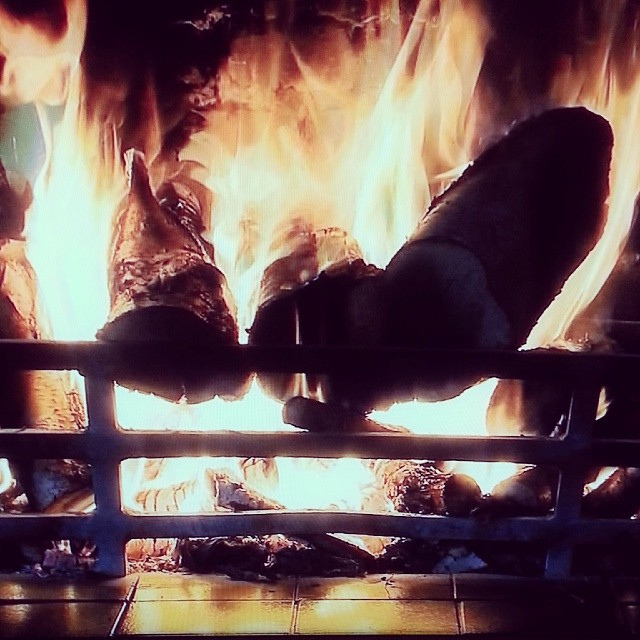The Yule log: Greet the return of the sun with a fire ritual
Many of us, particularly those in northern latitudes, greet the winter solstice with a feeling of relief, knowing that the days will finally start getting longer. But the solstice has deeper meaning as well.
In the Old English and pagan tradition, the winter solstice is called Yule, and is celebrated in many cultures with some sort of fire ceremony. From bonfires to the Yule log, people have ushered in the solstice with fire to represent the rebirth of the sun. Echoes of this belief can still be seen today in the modern Western tradition of hanging bright, twinkling lights on everything.
The Yule log is an English tradition first recorded in the early 1100s, and was no doubt practice earlier still. Many English families still follow the tradition of the Yule log. Originally, it was considered bad luck to buy a Yule log. Instead, the land owner would cut down trees, chop them into logs, and hand them out to all of the tenants on their property.
The Yule log was a giant chunk of wood which ideally burned continuously for the entire 12 days of Christmas, with a piece left over that could be used to kindle the next year's log. This scorched remnant was kept around the house over the course of the year, and used as a form of kitchen magic to ward off mildew, house fires, toothaches, and other minor mishaps.
